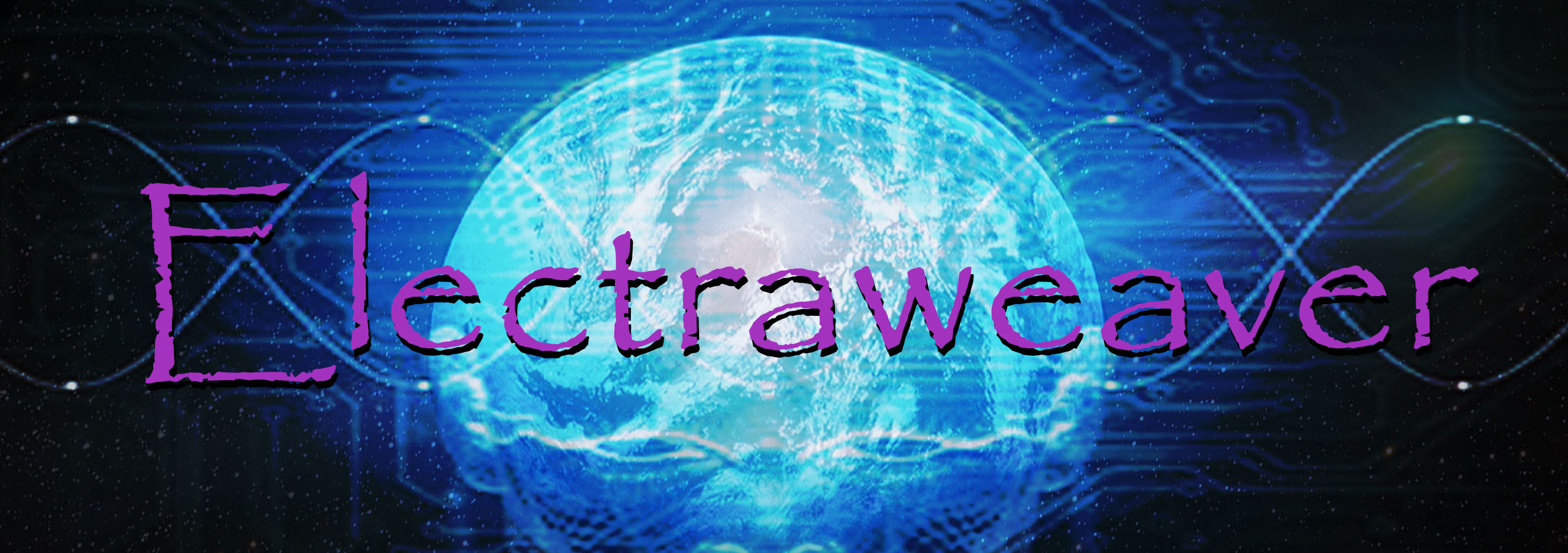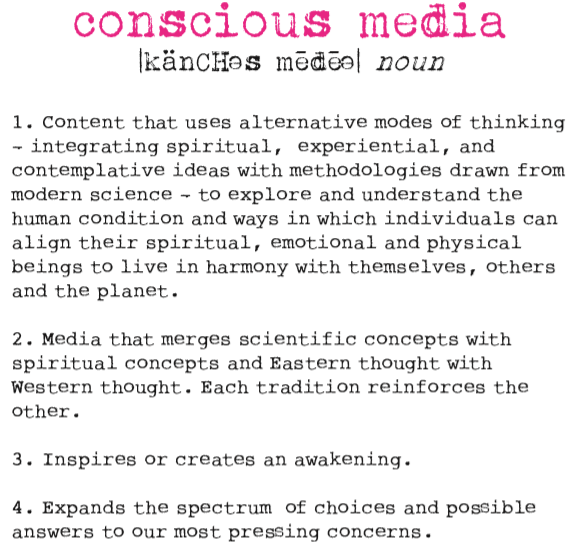The study of the interaction between humans and technology and how it affects culture is known as Cyborg Anthropology.
Within the last few years, around the globe, life has changed dramatically due to mobile technology, which allows one to stand almost anywhere, whisper something, or move a few fingers and be heard on the other side of the world.
The number of people that have become connected within the last decade is astounding, and the way of life for millions of smart phone users will never be the same.
In 1998, Kevin Warwick became what people call "the world's first cyborg." Actually Warwick, who is a professor of cybernetics at Reading University, had a radio frequency ID chip implanted in his arm. Years before RFID chips became commonplace this small, nearly undetectable, implant allowed him to turn on lights by snapping his fingers, or open doors without touching them by emitting radio waves specific to receivers embedded in his devices. Given people's natural tendency to lose things it's only natural that these smart devices we carry around will become embedded in the future.
Mr. Warwick was involved in an experiment that was the "first time the nervous systems of two humans had communicated electronically."
Once, after connecting his nerves to an array of electrodes in 2002, he let his wife use her brain waves to take control of his body.
"It was quite an intimate feeling," he says. The electronic link up of two brains is just the beginning of this type of thinking. In fact, Mr. Warwick thinks that without this type of innovation, humans may fall behind there own creations in ability to think and innovate.
"Someday we'll switch on that machine, and we won't be able to switch it off," he says. This is a contrasting view from some of the other Futurists including Ray Kurzweil, whom suggest that a Singularity point of awareness conveyed upon machines, would be a good thing.
While Mr. Warwick says he doesn't want to turn into a robot-He wants to be a better human, there are many more people that desire the connection between man and machine to integrate fully in order to harness the ability for increased health and ultimately, life span.
The culmination of many disciplines integrates into systems analysis which will eventually produce artificial humans, and with that, the augmentation of life genetically for those whom can afford. The problem is that these genes will have been patented, and owned for many business cycles by then. That makes it harder to extract because of the impact on economies, and as the developed world increases its investment in "Longevity Therapy", the developing world will suffer the fate of wastelands in pockets of poverty that will harbor the only truly human gene variations after 'the switch'.


